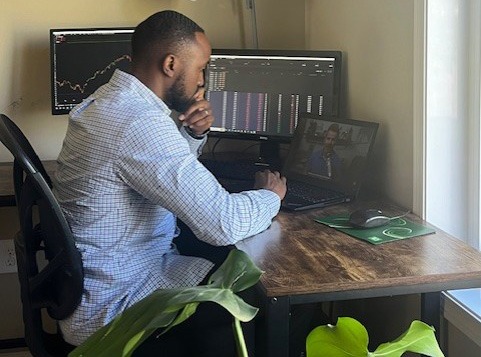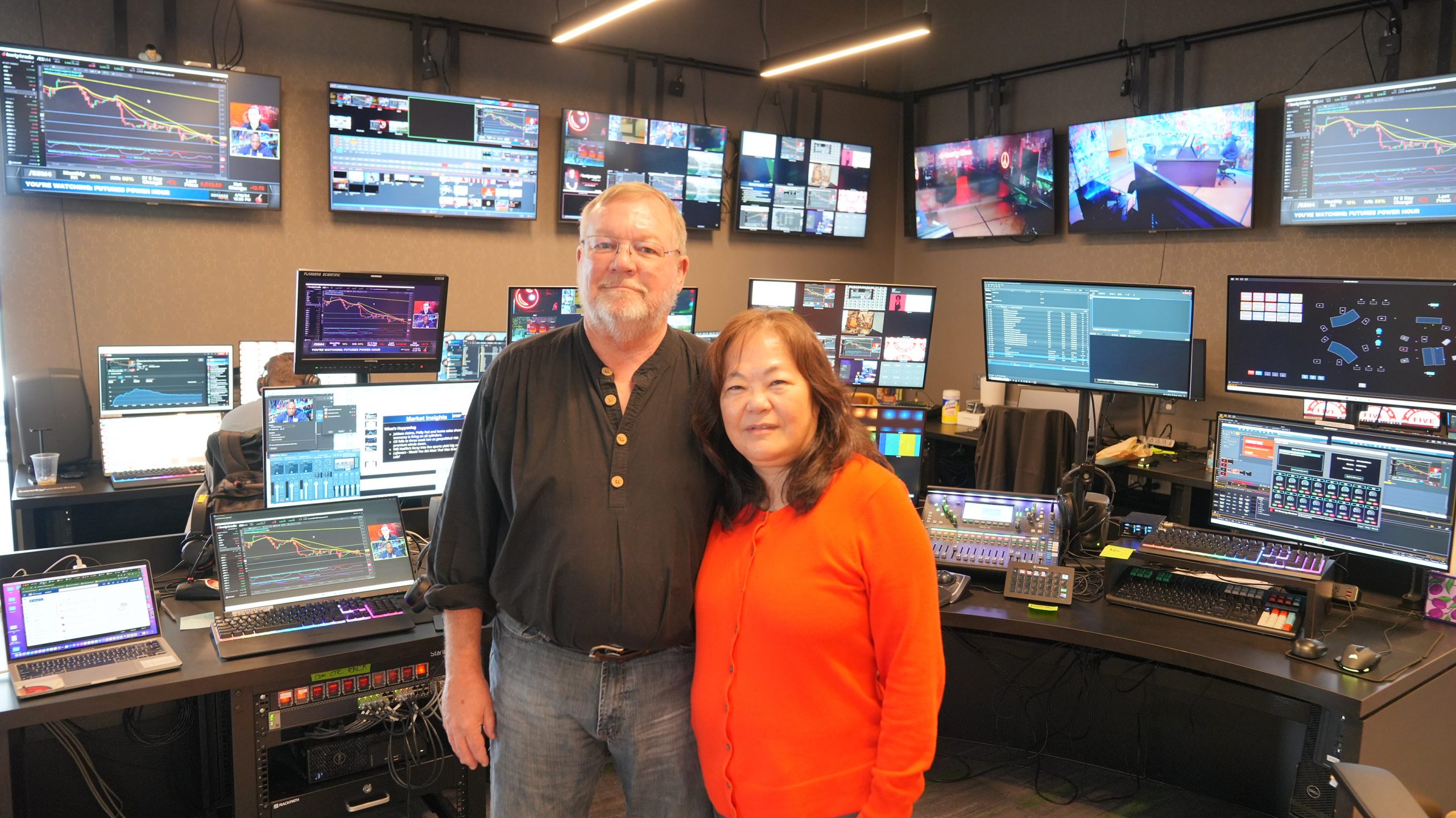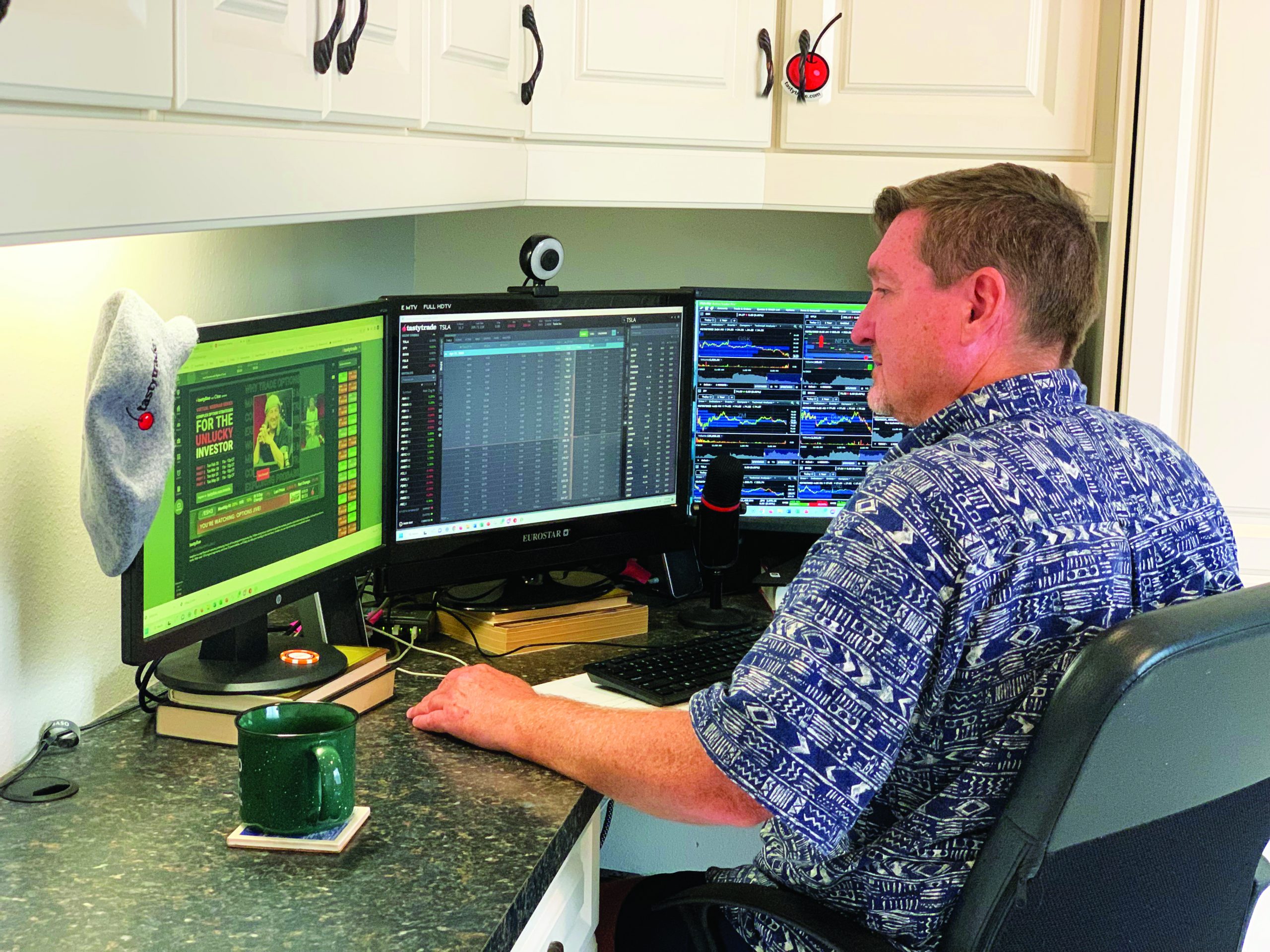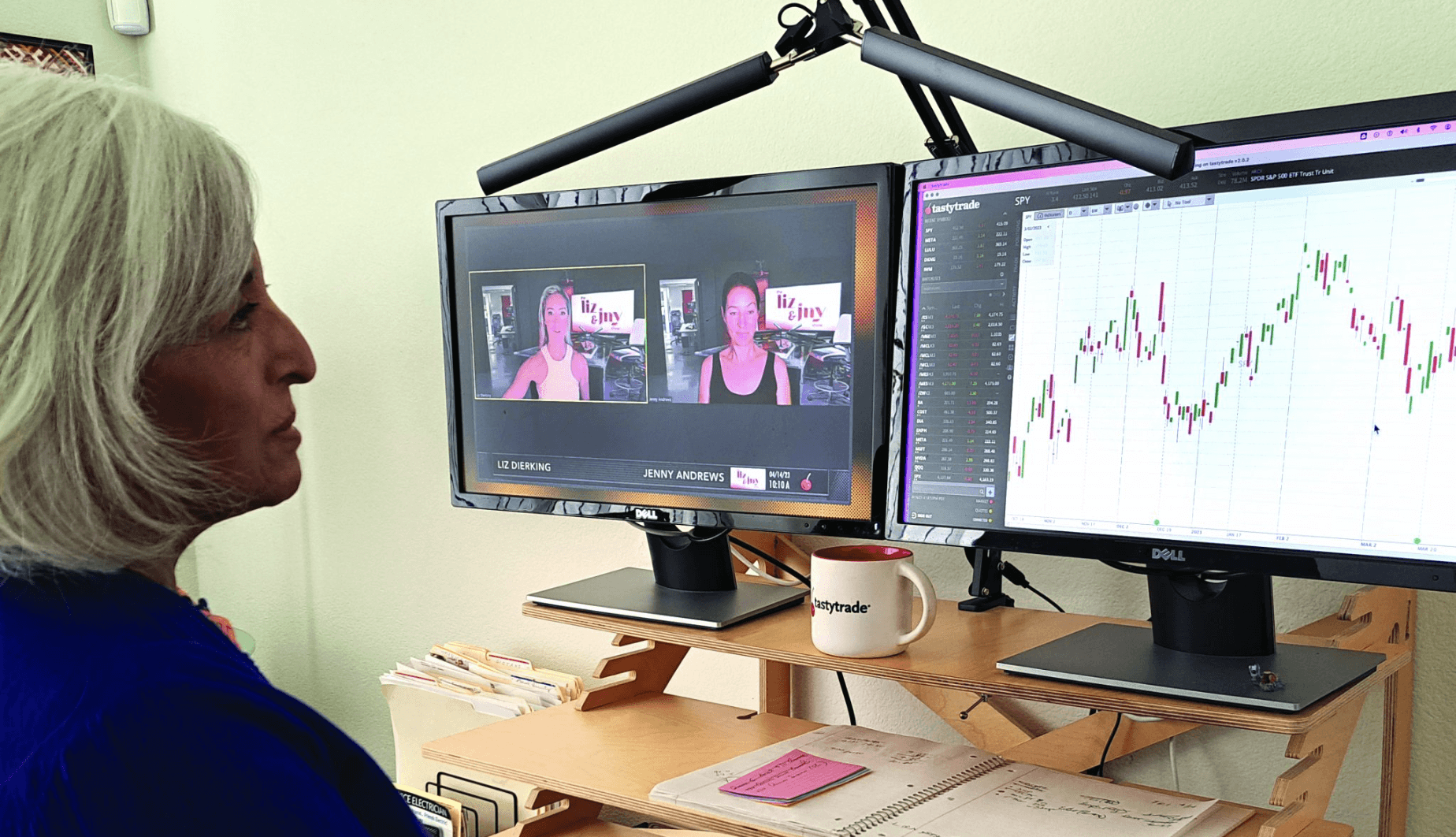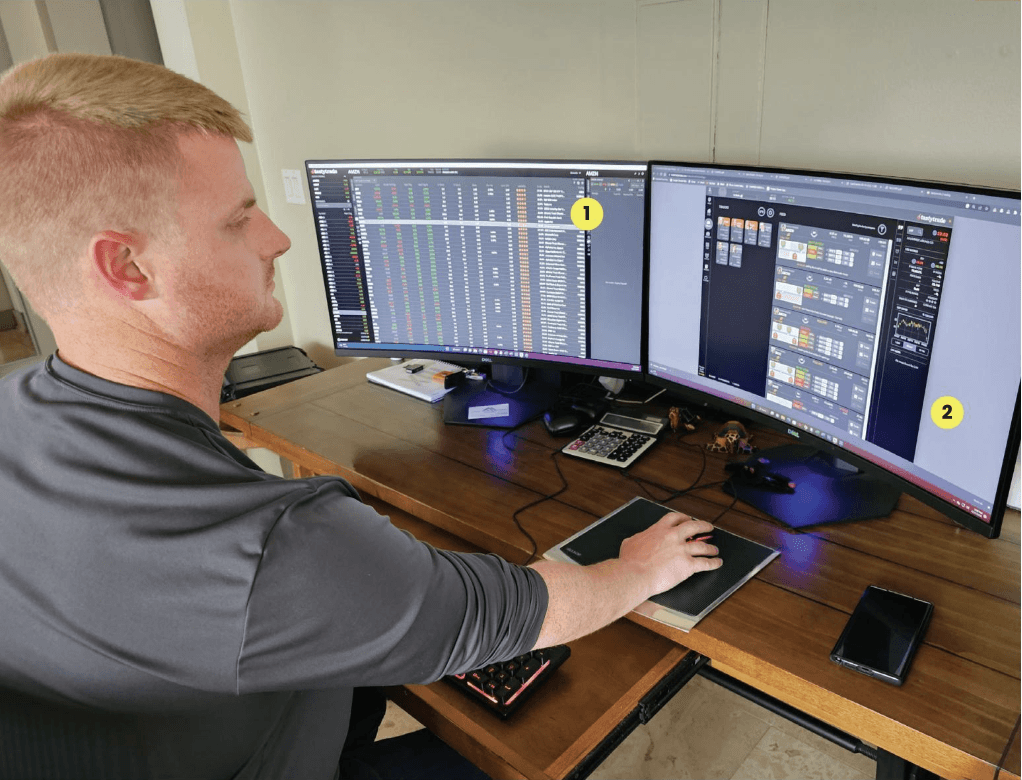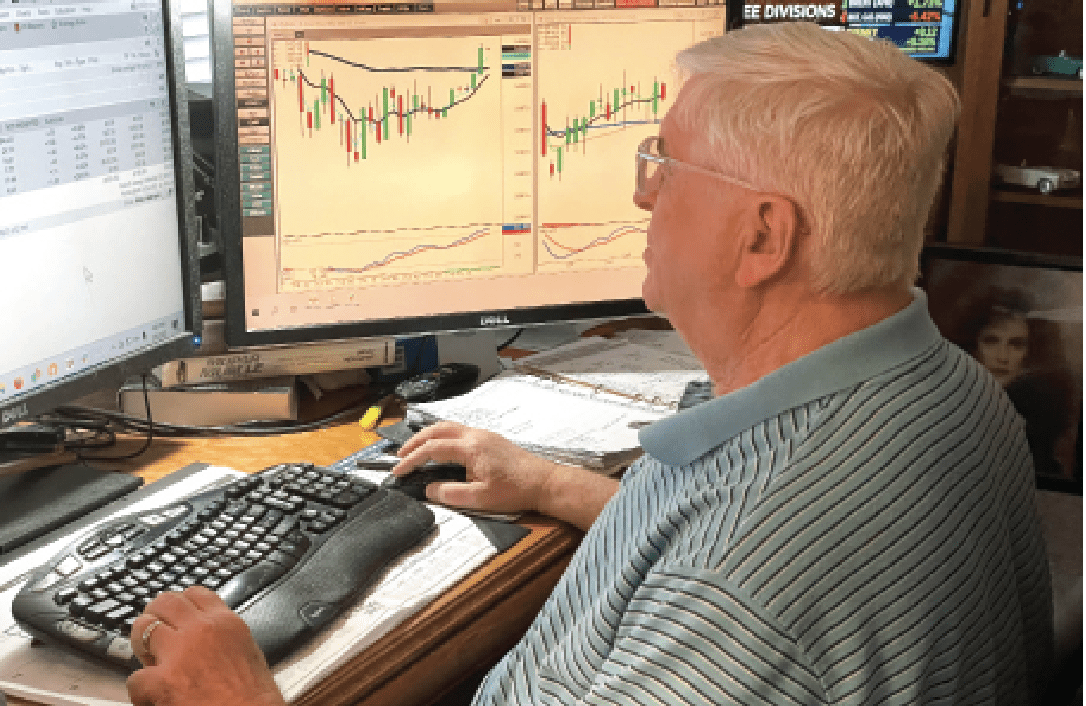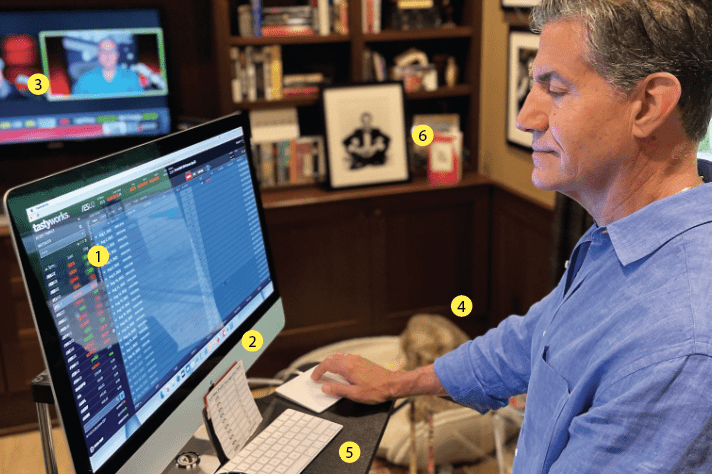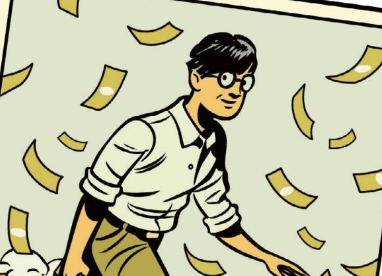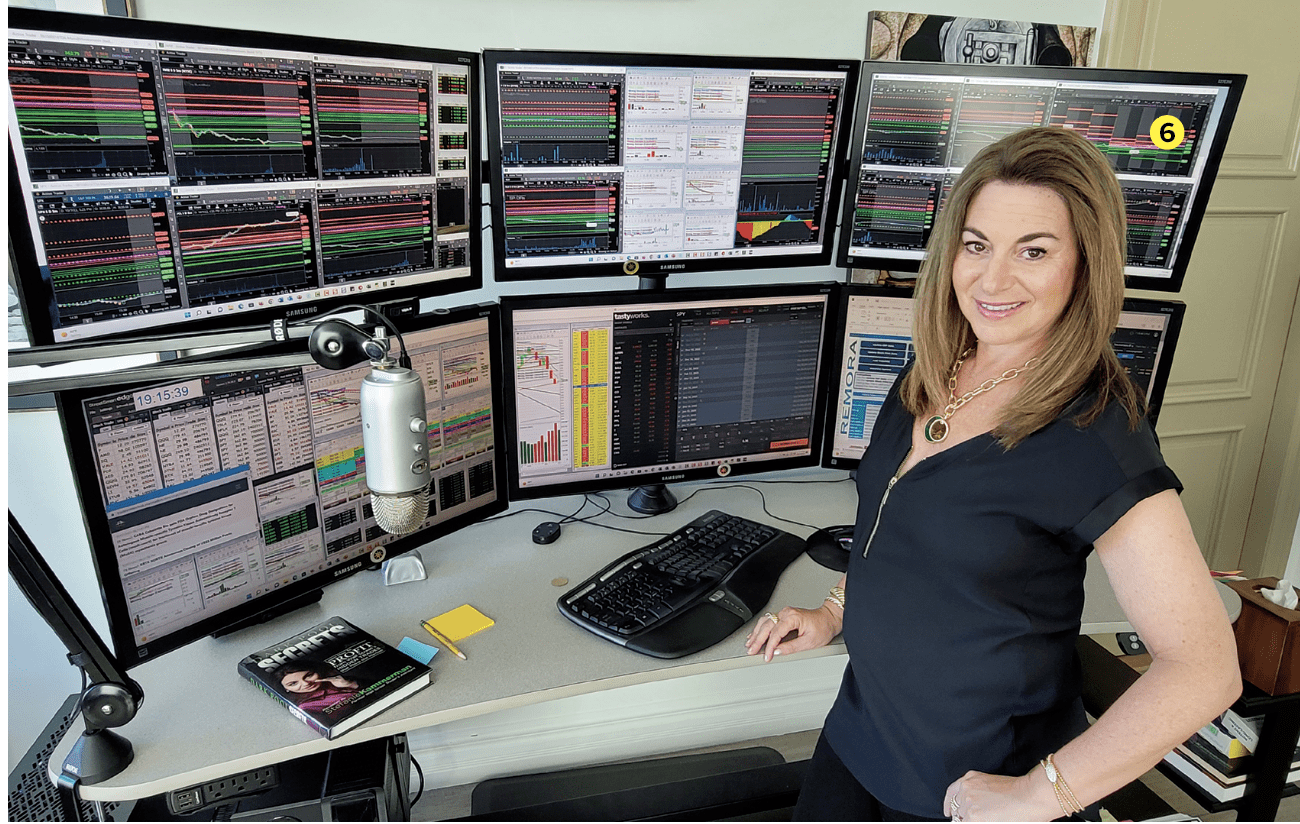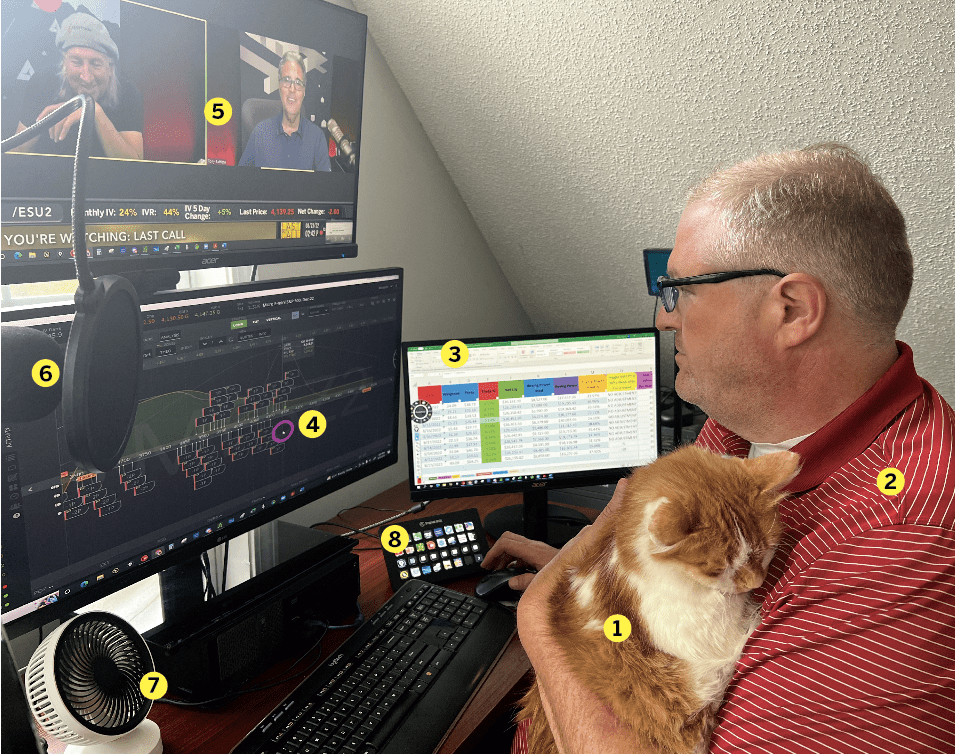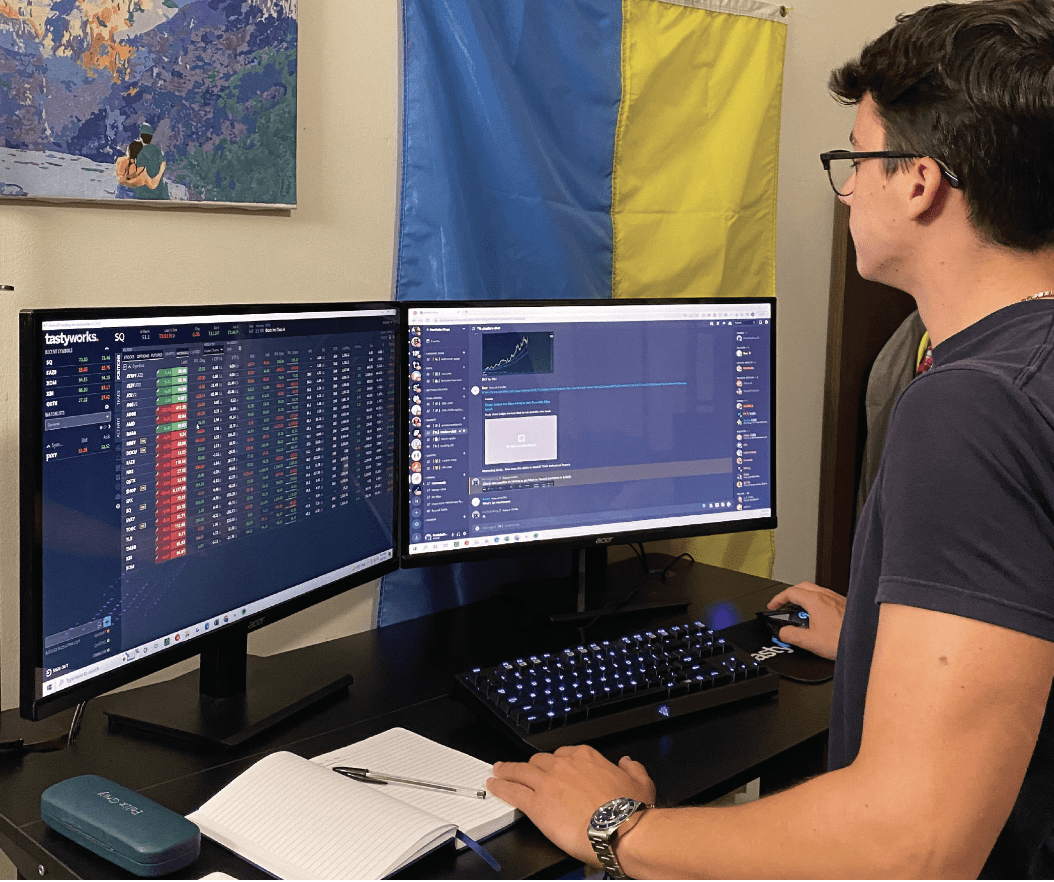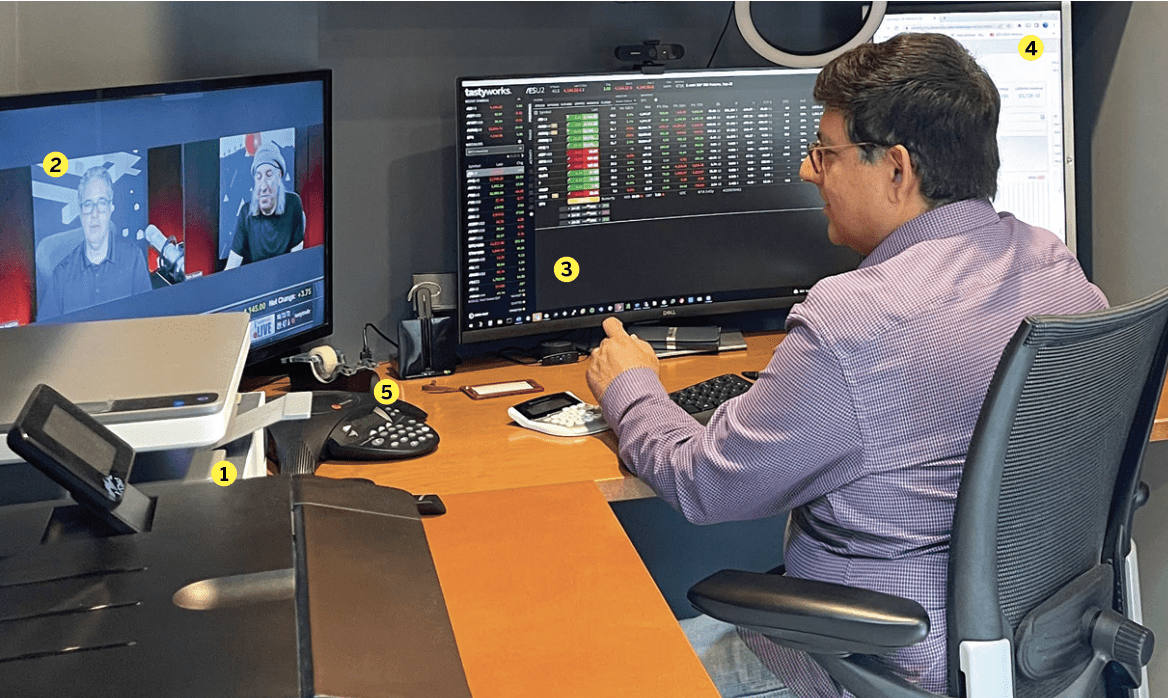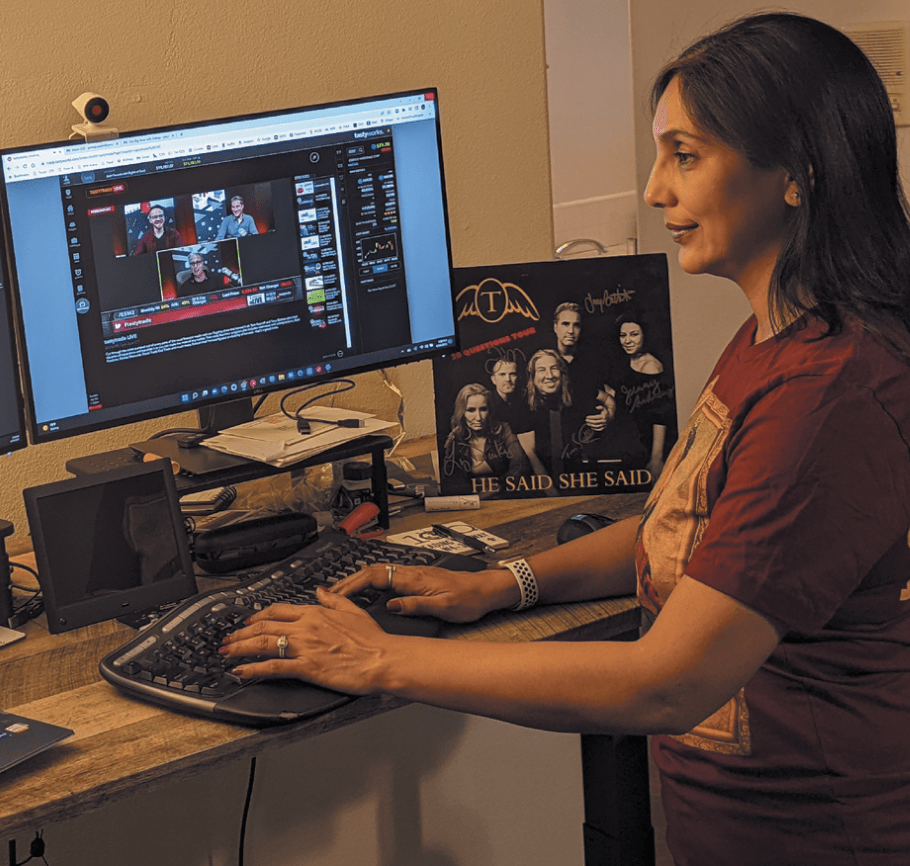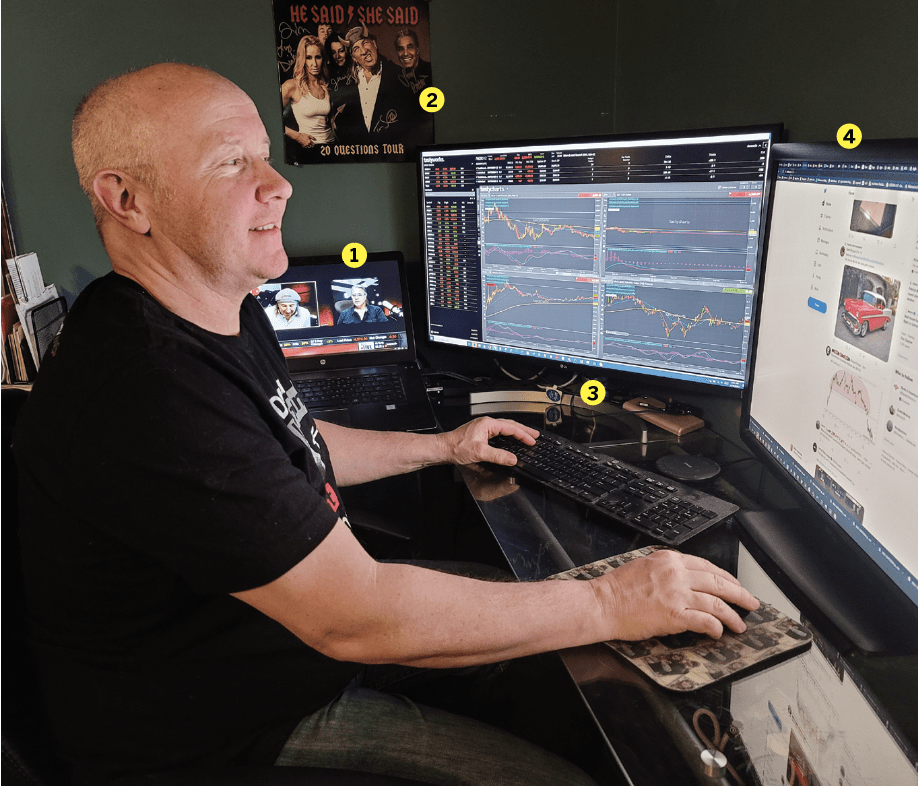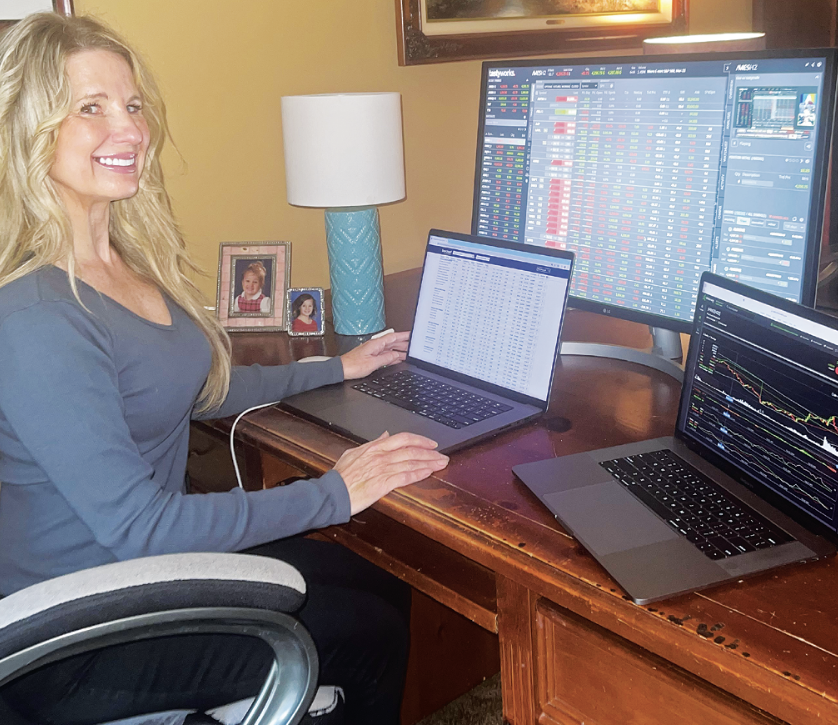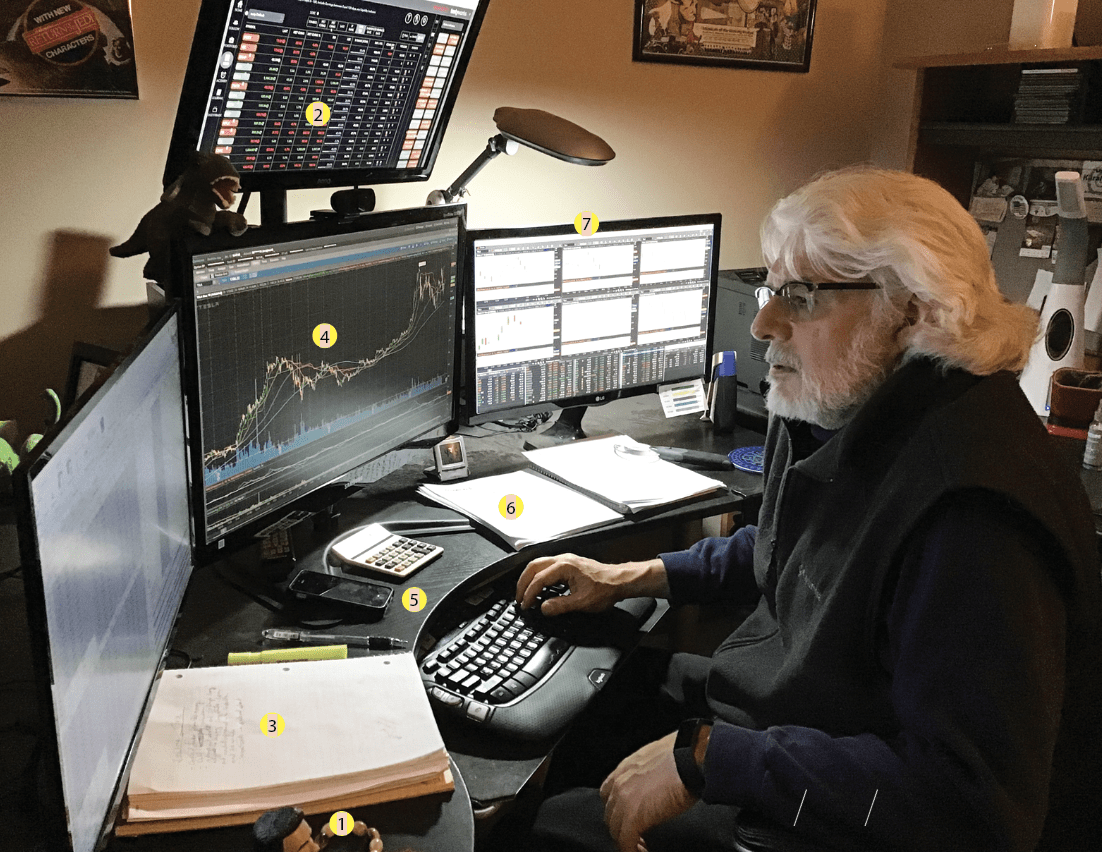Trends
Meet Aneta Genova
By Yesi D
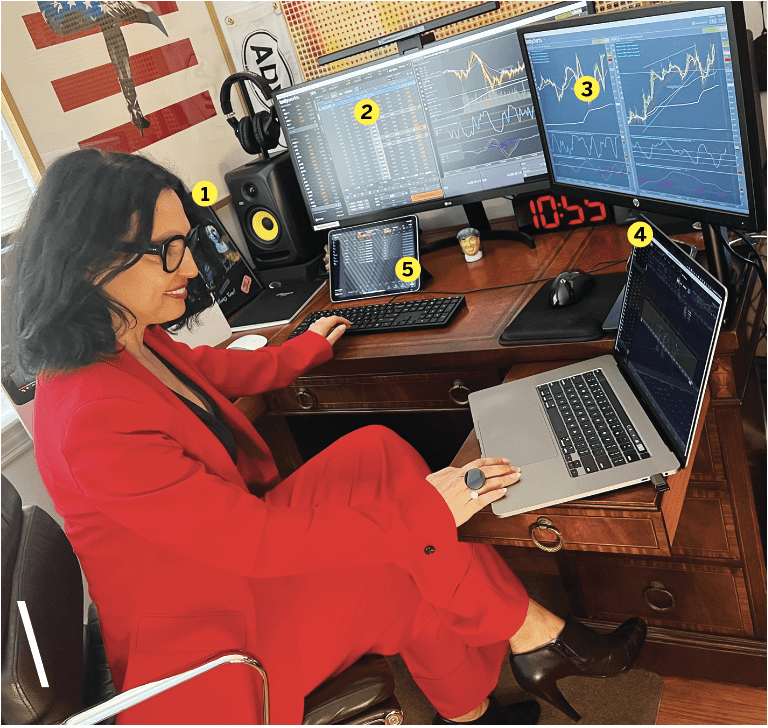
butterfly setup; 3. Price charts with various time frames; 4. IRA account; 5. The tastyworks app on iPad
Home/Office location
New York City
Years trading
12
How did you start trading?
I was running my own business for small leather goods about 17 years ago, and when I started being profitable, my accountant advised me to go to Fidelity and invest my money with them. I bought some mutual funds based on their advice, and nothing much happened for what felt like a very long time. I didn’t like the feeling of being so passive and detached. I wanted a lot more engagement than mutual funds offered. I like to make my own decisions and...
Trader
-
Straightforwardly Successful
By Yesi D
|The idea that volatility is often overpriced and fear is inflated gave me the edge I needed -
Trading in Harmony
By Yesi D
|A couple trades together, but separately, with different returns. Somehow, it works. This is the tale of the very first couple's Rising Stars on the tastylive network. -
Meet Luckbox’s Trader of the Month: Brian Chung
By Yesi D
|This young meme stock trader has had his ups and downs -
Meet the Trader: Fauzia Timberlake
By Yesi D
|The tastylive network converted this former financial planner to active investing -
Meet the Trader: Caulin T. Struyk
By Yesi D
|Meet the trader Caulin T. Struyk in a Q&A about his trading experience. -
Meet Stephen Bigalow
By Luckbox
|Office location Houston Age 69 Years trading 48 How did you start trading? When I was 8 years old, my dad bought me one share of Eazor Express [a trucking… -
Meet Micheal Antzas
By Luckbox
|Home/Office location Tulsa, Oklahoma Age 63 Years trading 25 How did you start trading? The company I worked for 27 years ago offered a 401(k), and on the weekends I… -
The Apprentice: A Mathematical Edge
|As he learns trading, a teenager is already stockpiling financial wisdom—and cash In the case of 18-year-old Jacob Intrator, youth isn’t wasted on the young. While learning to trade equities,… -
The Master Trader & Educator
|“Those who can’t do, teach” is a truncation of a line from Man and Superman, a 1905 George Bernard Shaw play. It’s a maxim that’s often true in the world… -
THE JOURNEYMAN: THE PATH TO A 153,000% RETURN
By Ed McKinley
|Son Dao has made a fortune in almost no time by bucking the market’s bearishness. He turned $1,600 into $2.5 million in 17 months. Yes, Luckbox verified the numbers. Twenty-eight-year-old… -
Meet Stefanie Kammerman
By Yesi D
|Home/Office location Las Vegas Age 52 Years trading 28 How did you start trading? Happy hour! I got lucky and got offered a job as a trader’s assistant working in… -
Meet Bobby Gaines
By Yesi D
|Home/Office location Bowdon, GA Age 52 Years trading 11 How did you start trading? I was installing a Roku box on my television and found tastytrade! Initially, I wondered about… -
Meet Ivan Fediv
By Yesi D
|Home/Office location: Chicago Age: 20 Years trading: 3 How did you start trading? In high school, I ran a high-end streetwear and sneaker reselling business, which taught me how to… -
Meet Sanjeev Malhotra
By Yesi D
|Home/Office location East Brunswick, New Jersey Age 51 Years trading 22 How did you start trading? I began trading during the stock market’s great bull run in 1992 and made… -
Meet Payal Swami
By Yesi D
|Home/Office location Tustin, California Age 45 Years trading Seven How did you start trading? My sister introduced me to options trading. I had just walked away from a 20-year career… -
Meet Mike Niemotka
By Yesi D
|Home/Office location Round Lake, Illinois Age 54 Years trading 20 How did you start trading? My father introduced me to investing around the age of 13, but it was more… -
Meet Kimberly Jane
By Yesi D
|@mommavestor Home/Office location Washington Years trading Three How did you start trading? I have been engaged in the stock market for most of my adult life, but at first I… -
Meet Dino Karahalios
By Yesi D
|Home/Office location: Wauconda, Illinois Age: 68 Years trading: 16 How did you start trading? I attended a presentation by Tom Sosnoff, who was then CEO of thinkorswim. He spent a… -
Meet Joseph Barbuto
By Yesi D
|Home/Office location Long Island, NY Age 59 Years trading 25 How did you start trading? Around 1987, I was working for a small electronics company that Bear Sterns took public.…
